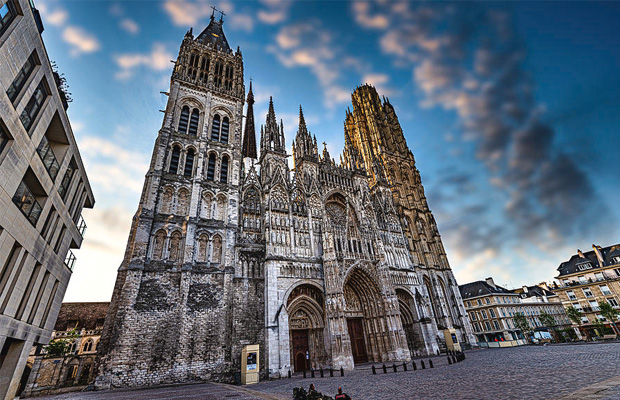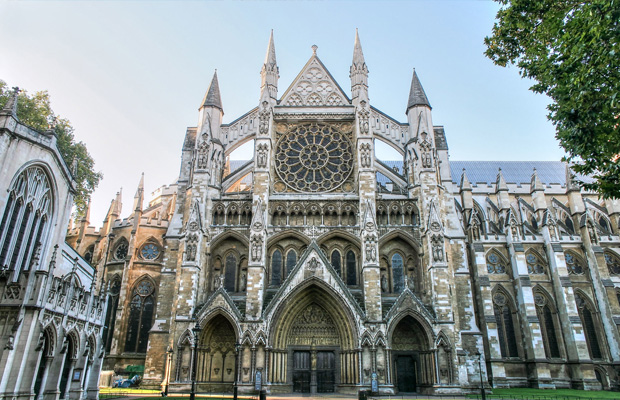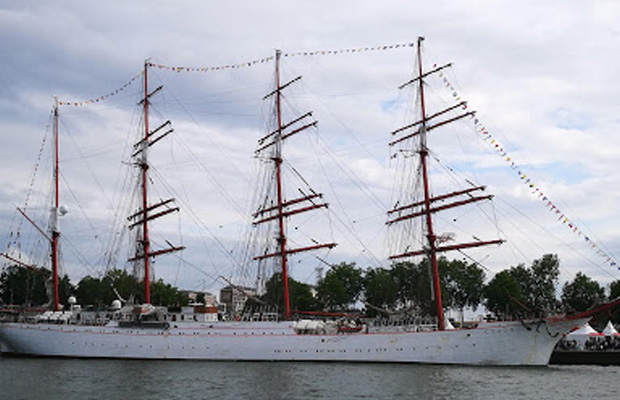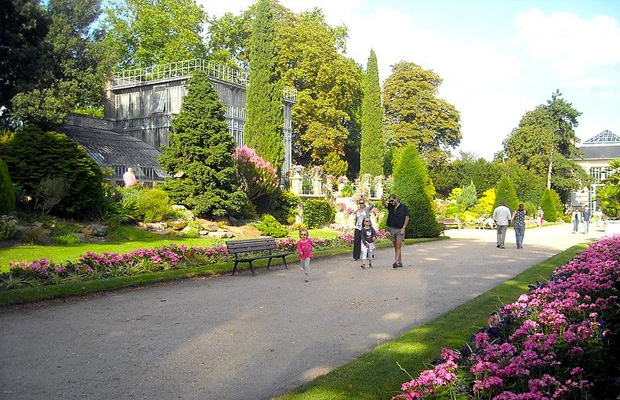Cathédrale Notre-Dame de Rouen
Cathédrale Notre-Dame de Rouen
France
Rouen
Rouen Travel Guide
Book Tour & Activities
Your tour in Rouen.
Book your stay
Your hotel in Rouen.
Overview
Rouen Cathedral is a Roman Catholic church in Rouen, Normandy, France. It is the see of the Archbishop of Rouen, Primate of Normandy. It is famous for its three towers, each in a different style.
Rouen Cathedral is a Roman Catholic church in Rouen, Normandy, France. It is the see of the Archbishop of Rouen, Primate of Normandy. It is famous for its three towers, each in a different style. The cathedral, built and rebuilt over a period of more than eight hundred years, has features from Early Gothic to late Flamboyant and Renaissance architecture. It also has a place in art history as the subject of a series of impressionist paintings by Claude Monet.
History
First churches
Christianity was established in Rouen in about 260 by Saint Mellonius, who became the first bishop. The first church is believed to have been under or close to the present cathedral. In 395 a large basilica, with three naves, was built at the same site. In 755 the archbishop Rémy, the son of the Frankish statesman and military leader Charles Martel, established the first Chapter of the cathedral, and constructed several courtyards and buildings around the church, including a palace for the archbishop.
The cathedral was enlarged by St. Ouen in 650, and visited by Charlemagne in 769. However, beginning in 841, a series of Viking raids seriously damaged the cathedral complex.
The Viking leader Rollo became first Duke of the Duchy of Normandy and was baptised in the Carolingian cathedral in 915 and buried there in 932. His grandson, Richard I of Normandy, further enlarged it in 950.
In the 1020s, the archbishop Robert began to rebuild the church in the Romanesque style, beginning with a new choir, crypt and ambulatory, and then a new transept. The Romanesque cathedral was consecrated by the archbishop Maurille on October 1, 1063, in the presence of William the Conquerer, not long before his conquest of England.
The Gothic cathedral
The project for a cathedral in the new Gothic style was first launched by the Archbishop of Rouen, Hugues of Amiens, who had attended the consecration in 1144 of the Basilica of Saint Denis, the first Gothic structure, with its emphasis upon filling the interior with light. In 1145, he began constructing a tower, now called the Tower Saint-Roman, in the new Gothic style.
A complete reconstruction of the cathedral was begun by his successor, Gautier the Magnificent. in 1185 he demolished the Romanesque nave and began building the western end of the sanctuary. He had completed the west front and first traverses when the work was interrupted by a major fire on Easter eve in 1200, which destroyed a large part of the town and seriously damaged the unfinished church and its furnishings. Gautier quickly repaired the damage and resumed the work, which was directed by his master mason, Jean d'Andeli. The nave was sufficiently complete by 1204 for King Philip II of France to be received there to celebrate the annexation of Normandy to the Kingdom of France. By 1207 the main altar was in place in the choir.
The first architectural addition to the new church was a series of small chapels between the buttresses on the north and south sides of the nave, requested by the city's prominent religious brotherhoods and corporations. In 1280 the surrounding spaces and buildings were modified to permit the construction of portals on the north and south transepts. The next addition was a response to the growing role of the Virgin Mary in church doctrine; the small axial chapel at the east end of the apse was replaced by a much larger chapel dedicated to her, begun in 1302. The west front was also given new decoration between 1370 and 1450.
Beginning in 1468 a highly ornamental new top, made of iron and covered with stone tiles, in the late Gothic Flamboyant style was added to the tower of Saint-Romaine.
Address: Place de la Cathédrale, 76000 Rouen, France
Height: 151 m CTBUH
Hours: Open ⋅ Closes 7PM
Burials: Rollo, Romanus of Rouen, Richard I of England
Architectural styles: Gothic architecture, Renaissance architecture
Video Travel Inspiration
See Cathédrale Notre-Dame de Rouen on Map
Most Popular Cities

Siem Reap
Cambodia
Ho Chi Minh City
Vietnam
Beijing
China
Paris
France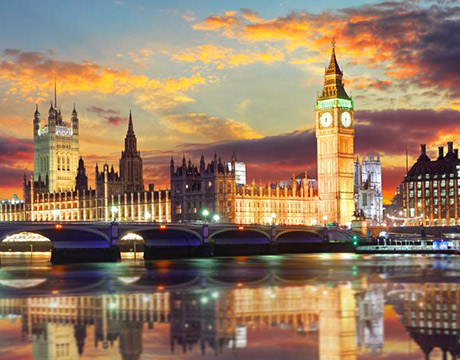
London
United Kingdom
New York
USA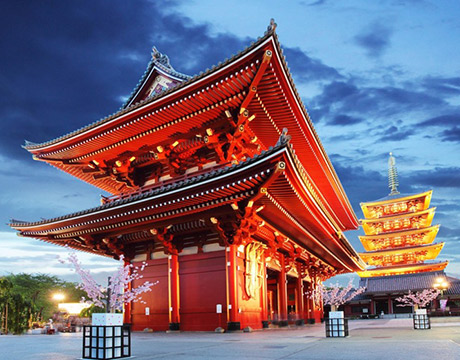
Tokyo
Japan
Bangkok
Thailand
Seoul
South Korea
Vientiane
Laos
Yangon
Myanmar
Washington DC
USA
Los Angeles
USA
Ottawa
Canada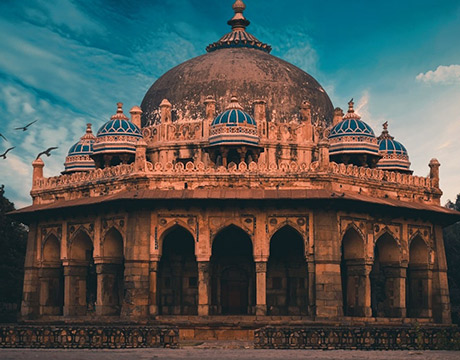
New Delhi
India
Singapore
Singapore
Kuala Lumpur
Malaysia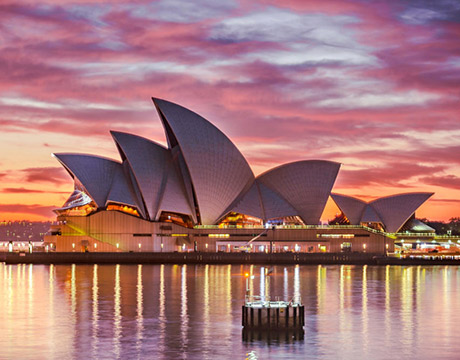
 English
English French
French Khmer
Khmer Thai
Thai Vietnamese
Vietnamese Chinese
Chinese Korean
Korean German
German Japanese
Japanese Italian
Italian Russian
Russian Spanish
Spanish Dutch
Dutch Indonesian
Indonesian Malay
Malay
